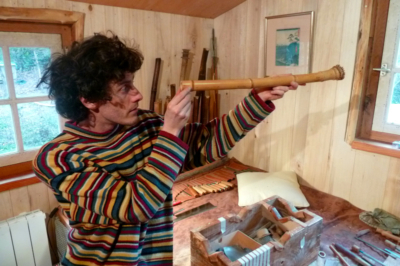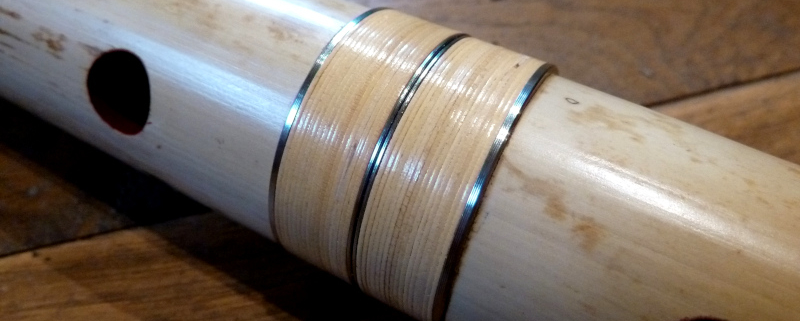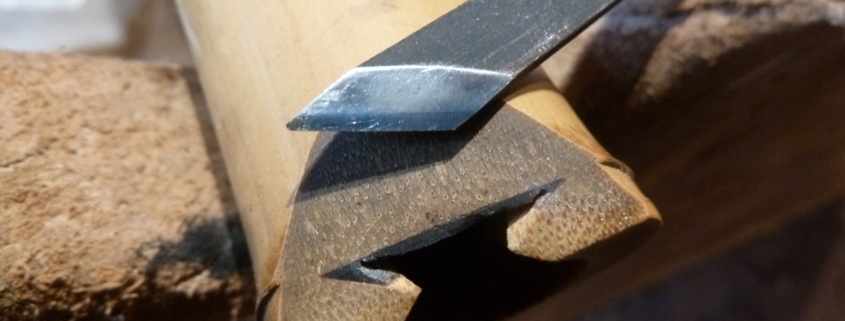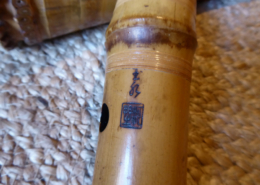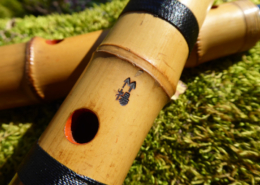
Thomas Goulpeau
Shakuhachi maker
France
I am making bamboo flutes since 2003.
Inspired by many travels to discover traditional music especially Oriental music.
I got freely inspired by several traditional models of flutes sometimes adding my own touch of style.
After some years of flute making and research, I entered deeper and deeper into the world of the Japanese Shakuhachi flute on which I now devote my art since 2010. Sudying shakuhachi with master Gunnar Jinmei Linder form Chikumeisha branch of Kinko school.
I humbly try to make this great instrument in respect to the traditional methods developed in the past.
Shakuhachi making is both very intuitive, even spiritual, and very scientific; I enjoy very much this complementary approach.
Shakuhachi in stock
Follow Chikudo shakuhachi
on Facebook and Youtube
Contact and informations
© Chikudo 2025



